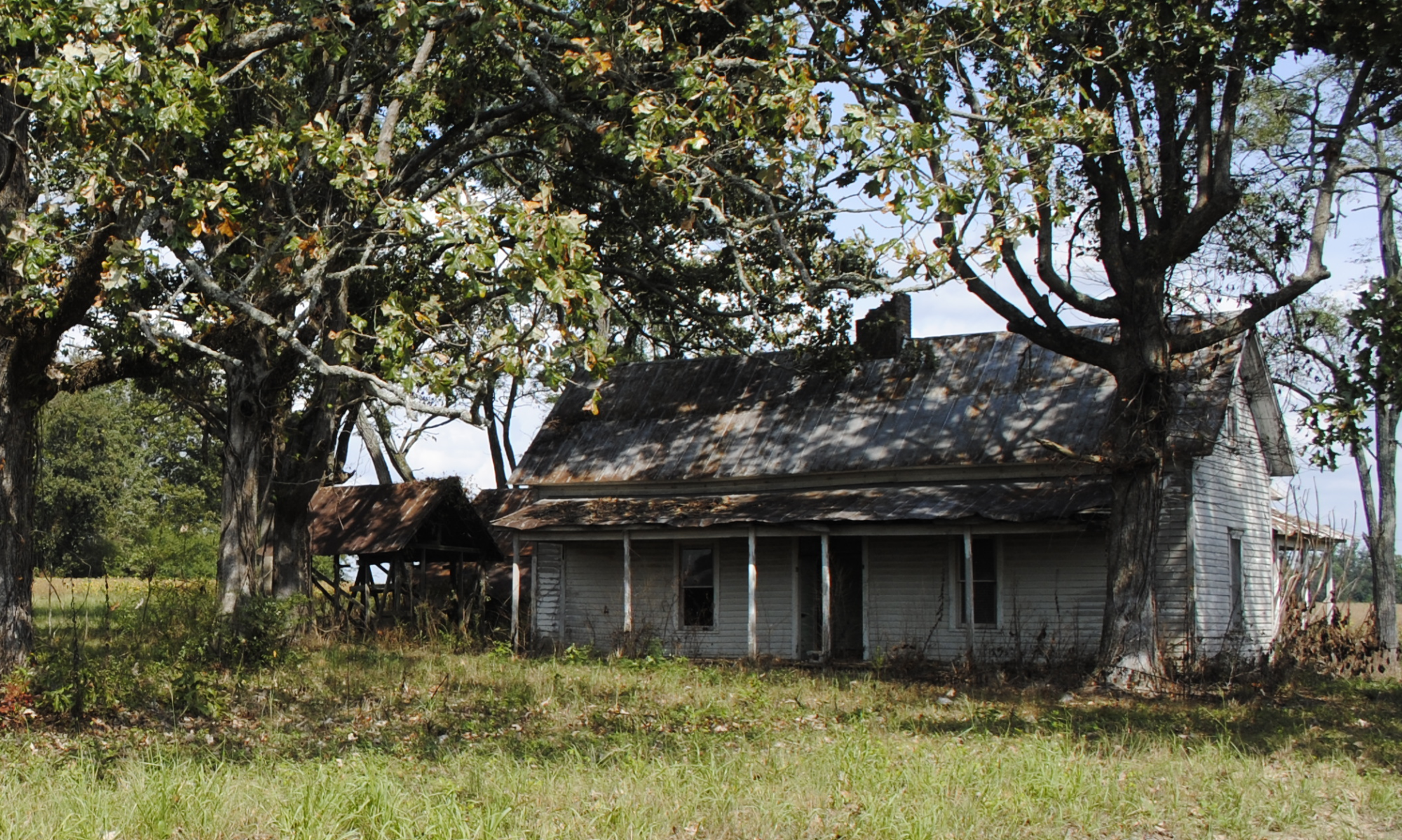
It’s pretty tough trying to find something in the dark. There maybe landmarks but they are near impossible to find. That’s the way I feel sometimes when I search for information on the Gospel of Thomas; like I’m stumbling around in the dark looking for direction and finding nothing but the scribes/pharisees characterized in Saying 39.
Despite the challenges, stumbling, and false starts, sometimes, just sometimes, a little light shines and,, forever how briefly, we are able to see a little clearer. Even if that clarity moves us along just a short ways, it is a welcomed and worthy reward.
I stumbled across a great article that examines the relationship between the Gospel of Thomas and the synoptic gospels with an emphasis on the Gospel of John . The author (Seth Clark) also examines the most probable time of it’s writing and explains that the purpose of Thomas is significantly different than the synoptic writings. His concluding remarks are:
I propose that the dating for the majority of GTh is between 55 and 90 AD. The
composition of the text is based on teachings of Jesus collected in Jerusalem after Jesus’ death. This core was developed on the road by itinerant Christians who spent time in Damascus, Syria and took the text to Egypt, where it was translated into Coptic.
If the dating of GTh is correct, then the idea that Jesus was fully divine and fully human who granted access to the Divine is much earlier than most scholars think. If this is paired with the radical offer to become the “twin of the living Jesus” and effectively achieve deification, then GTh represents a variety of Christianity that engaged people outside of ecclesial authority and provided a spiritual path with the greatest reward of all: being a complete reflection of God and sharing in Divine perfection as a “twin of Jesus.”
